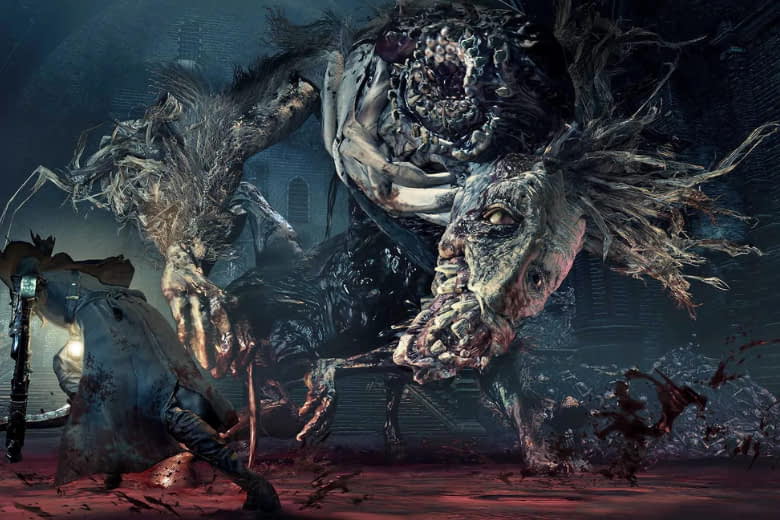Bloodborne and Dark Souls are two of the most renowned titles in the action RPG genre, and they have cultivated passionate fanbases due to their unique design and challenging gameplay. While both games were developed by FromSoftware, they diverge significantly in combat dynamics and player strategies. In this blog, we’ll explore how each title’s combat style shapes the player’s experience and choices, as well as discuss the philosophy of engagement that underpins both games.
Combat Mechanics: Fast vs. Slow
One of the most striking differences in combat between Bloodborne and Dark Souls is the pacing. Bloodborne presents a faster-paced combat system, which encourages aggression and quick reflexes. Players are rewarded for maintaining offensive pressure, making it essential to engage with enemies strategically and learn their patterns. On the other hand, Dark Souls offers a more methodical approach to combat, demanding that players be cautious and tactical. Each encounter often feels like a chess match, with timing and careful maneuvering taking precedence over sheer speed. As such, the combat systems in these games not only impact how players approach combat but also dictate their overall gameplay experience.
Player Strategies: Risk vs. Reward
In Bloodborne, the risk-reward dynamic is heavily accentuated through its visceral attack system. Players can regain health by attacking enemies shortly after taking damage, which incentivizes them to stay aggressive rather than retreating to a defensive position. This mechanic encourages a distinct playstyle where players must weigh the risks of aggressive engagement while still ensuring their survival. Conversely, Dark Souls emphasizes strategy and preparation, requiring players to plan their encounters meticulously. With its health management and stamina system, players must decide when to block, roll, or counterattack. This dichotomy illustrates how the design philosophy of each game shapes the player’s approach, allowing them to find their personal playstyle within the respective systems.
Environments and Player Engagement
The environments in both games further contribute to combat strategies and player interaction. Bloodborne’s gothic, densely packed streets promote tight, engaging combat scenarios. Players often encounter multiple enemies in tight spaces, which fuels the fast-paced gameplay and necessitates a different approach to spatial awareness than in Dark Souls. The interconnected world design of Dark Souls, on the other hand, leads to distinct moments of solitude and introspection, where exploring and mastering each area is as crucial as combat. This difference ultimately influences how players experience challenge and reward across both games, with Bloodborne leaning towards frenetic clashes and Dark Souls focusing on careful navigation and exploration.
Finding Gear: The Bloodborne Official Shop
For fans of both games, acquiring gear that resonates with the unique aesthetic and gameplay mechanics can elevate the overall experience. The Bloodborne Official Shop offers an array of merchandise, from replica weapons to apparel, allowing players to connect further with the game’s dark, haunting atmosphere. Such items can serve as a reminder of the challenges faced and the strategies developed while playing. Whether a player prefers the high-octane aggression of Bloodborne or the methodical contemplation of Dark Souls, having a piece of gear from the official shop can provide a tangible link to their favorite gameplay experiences, reminding them of the hours spent mastering these intricate worlds and their mechanics.
In conclusion, comparing Bloodborne and Dark Souls reveals distinct combat styles and strategies that appeal to different player inclinations. Each game’s design turns the player’s approach into an engaging experience filled with both challenges and rewards. Whether players prefer the swift strikes of Bloodborne or the tactical depth of Dark Souls, the interplay of combat mechanics creates a unique endeavor that stands out in modern gaming.

